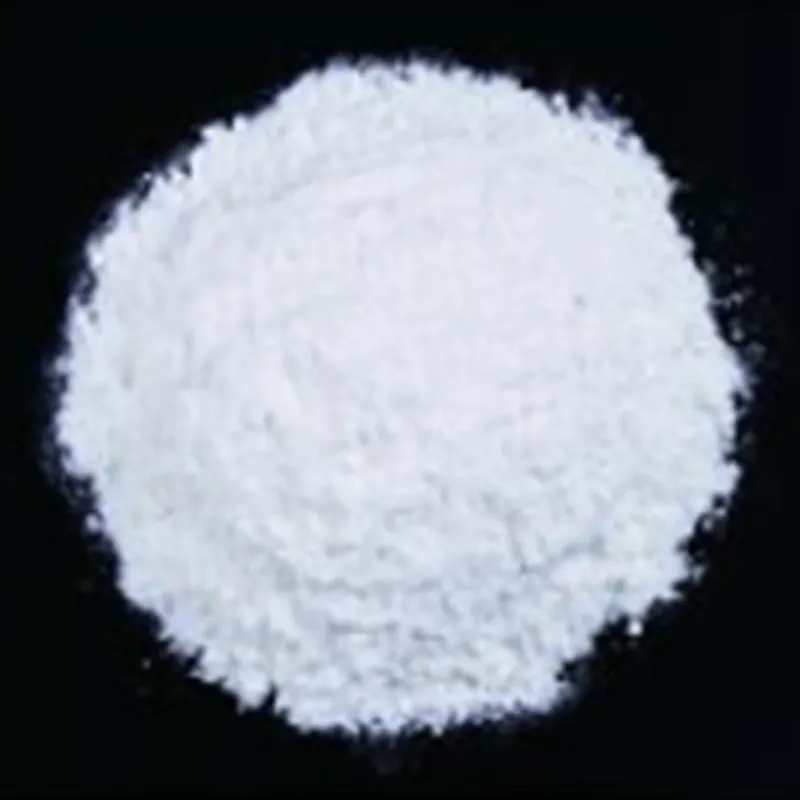
acidity regulator 270
Understanding Acidity Regulator E270 A Comprehensive Guide
Acidity regulators play a crucial role in the food and beverage industry, and one of the most notable among them is E270. This compound, also known as lactic acid, is widely used for its preservative and flavor-enhancing properties. In this article, we will explore what E270 is, its uses, benefits, and safety considerations, providing a comprehensive overview for consumers and industry professionals alike.
What is E270?
E270, or lactic acid, is an organic acid naturally found in various fermented foods, such as yogurt, sourdough, and pickles. It is produced during the fermentation process by lactic acid bacteria, which convert sugars into lactic acid. This process not only preserves food but also imparts a distinctive tangy flavor that enhances the overall taste profile of many products.
Uses of E270
E270 is used in a variety of applications across the food industry
. Its primary functions include1. Preservative As a natural preservative, lactic acid inhibits the growth of harmful bacteria, yeasts, and molds, extending the shelf life of foods and beverages. This is particularly important in products such as dairy, fermented vegetables, and packaged foods.
2. pH Regulator E270 helps in maintaining the desired acidity level in food products. By controlling the pH, it assists in stabilizing flavors and colors, ensuring that the product remains appealing to consumers.
3. Flavor Enhancer The tangy taste of lactic acid can enhance the overall flavor of food, making it a popular choice in sauces, dressings, and marinades. It contributes to the umami and sour notes that many consumers find appealing.
4. Texturizer In certain applications, lactic acid can improve the texture of foods. It is commonly used in dairy products to create a creamy mouthfeel.
Benefits of E270
acidity regulator 270

The advantages of using E270 extend beyond its functional properties. Some of the key benefits include
- Natural Origin E270 is derived from natural fermentation, making it a popular choice for consumers seeking clean-label products. As people become more health-conscious, the demand for natural ingredients continues to rise.
- Versatility Lactic acid is adaptable across various types of food products, making it a valuable ingredient for manufacturers. It can be used in everything from dairy and baked goods to beverages and condiments.
- Health Benefits Research indicates that lactic acid may have probiotic qualities, potentially contributing to gut health when consumed in fermented products.
Safety Considerations
E270 is generally recognized as safe (GRAS) by food safety authorities, including the U.S. Food and Drug Administration (FDA) and the European Food Safety Authority (EFSA). When used within the recommended limits, lactic acid poses no significant health risks for the general population.
However, individuals with specific sensitivities or conditions (such as lactose intolerance) should be aware of their dietary choices. Since lactic acid is commonly found in dairy products, those with lactose intolerance may need to monitor their intake of foods containing E270.
Conclusion
E270, or lactic acid, stands out as a multifunctional acidity regulator in the food industry, providing essential preservation, flavor enhancement, and textural benefits. With its natural origin and growing popularity among health-conscious consumers, E270 is likely to remain a staple ingredient in various food products.
Understanding the role of E270 can help consumers make informed choices about the foods they eat. As the trend towards natural and minimally processed ingredients continues to gain momentum, lactic acid will play an integral role in shaping the future of food and beverage formulations. Whether you are a food manufacturer or a consumer, recognizing the value of this acidity regulator can enhance your appreciation of the intricate balance of flavors and preservation techniques that define modern culinary practices.
-
Aluminum Hydroxide: Quality Gels & Dried Gel AntacidNewsAug.31,2025
-
Buy High-Quality Trichloroisocyanuric Acid for Sale | TCCA 90% SupplierNewsAug.30,2025
-
Pure Sodium Dichloroisocyanurate Dihydrate | Powerful DisinfectantNewsAug.29,2025
-
Industrial Chemicals: Quality & Purity for Every IndustryNewsAug.28,2025
-
Nitrile Rubber Honoring Strict Production StandardsNewsAug.22,2025
-
Aspartame Ingredients Honoring Food Safety ValuesNewsAug.22,2025
-
Fertilizer for Balanced Plant NutritionNewsAug.22,2025
Hebei Tenger Chemical Technology Co., Ltd. focuses on the chemical industry and is committed to the export service of chemical raw materials.
-

view more DiethanolisopropanolamineIn the ever-growing field of chemical solutions, diethanolisopropanolamine (DEIPA) stands out as a versatile and important compound. Due to its unique chemical structure and properties, DEIPA is of interest to various industries including construction, personal care, and agriculture. -

view more TriisopropanolamineTriisopropanolamine (TIPA) alkanol amine substance, is a kind of alcohol amine compound with amino and alcohol hydroxyl, and because of its molecules contains both amino and hydroxyl. -

view more Tetramethyl Thiuram DisulfideTetramethyl thiuram disulfide, also known as TMTD, is a white to light-yellow powder with a distinct sulfur-like odor. It is soluble in organic solvents such as benzene, acetone, and ethyl acetate, making it highly versatile for use in different formulations. TMTD is known for its excellent vulcanization acceleration properties, which makes it a key ingredient in the production of rubber products. Additionally, it acts as an effective fungicide and bactericide, making it valuable in agricultural applications. Its high purity and stability ensure consistent performance, making it a preferred choice for manufacturers across various industries.





